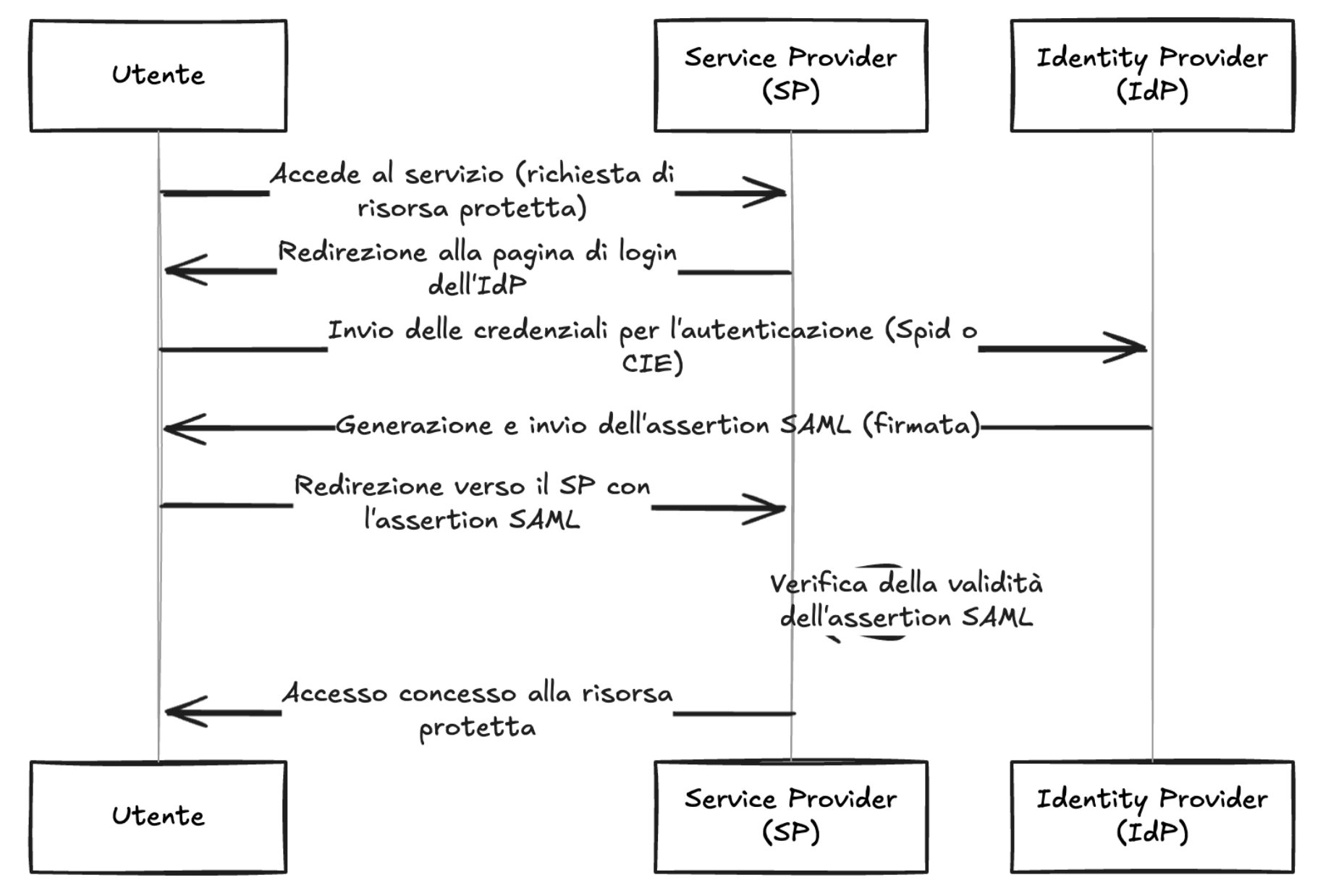Latest News
Attackers are using patched bugs to potentially gain unfettered access to an organization's Windows environment under certain conditions.
Winnti once used a variety of malware but is now focused on SQL vulnerabilities and obfuscation, updated encryption, and new evasion methods to gain access.
At least eight ongoing lawsuits related to the so-called Department of Government Efficiency’s alleged access to sensitive data hinge on the Watergate-inspired Privacy Act of 1974. But it’s not airtight.
A flea market buyer found medical information about hundreds of patients on second hand decommissioned hard drives.
## Summary Problem: Potential man-in-the-middle attacks due to missing SSL certificate verification in the project codebase and used third-party libraries. ## Details In the past, `aiohttp-session`/`request` had the parameter `verify_ssl` to control SSL certificate verification. This was a boolean value. In `aiohttp` 3.0, this parameter was deprecated in favor of the `ssl` parameter. Only when `ssl` is set to `None` or provided with a correct configured SSL context the standard SSL certificate verification will happen. When migrating integrations in Home Assistant and libraries used by Home Assistant, in some cases the `verify_ssl` parameter value was just moved to the new `ssl` parameter. This resulted in these integrations and 3rd party libraries using `request.ssl = True`, which unintentionally turned off SSL certificate verification and opened up a man-in-the-middle attack vector. Example: https://github.com/home-assistant/core/blob/c4411914c2e906105b765c00af5740bd0880e946/hom...
### Description Authentication using Spid and CIE is based on the SAML2 standard which provides for two entities: Identity Provider (IdP): the system that authenticates users and provides identity information ( SAML assertions ) to the Service Provider, essentially, it is responsible for managing user credentials and identity; Service Provider (SP): The system that provides a service to the user and relies on the Identity Provider to authenticate the user, receives SAML assertions from the IdP to grant access to resources. The library `cie-aspnetcorerefers` to the second entity, i.e. the SP, and implements the validation logic of the SAML assertions present within the SAML response . The following is a summary diagram of an authentication flow via SAML:  As shown in the diagram, the IdP, after verifying the user's credentials, generates a signed SAML response, this is propagated to the SP by the use...
### Description Authentication using Spid and CIE is based on the SAML2 standard which provides for two entities: Identity Provider (IdP): the system that authenticates users and provides identity information ( SAML assertions ) to the Service Provider, essentially, it is responsible for managing user credentials and identity; Service Provider (SP): The system that provides a service to the user and relies on the Identity Provider to authenticate the user, receives SAML assertions from the IdP to grant access to resources. The library `spid-aspnetcorerefers` to the second entity, i.e. the SP, and implements the validation logic of the SAML assertions present within the SAML response . The following is a summary diagram of an authentication flow via SAML:  As shown in the diagram, the IdP, after verifying the user's credentials, generates a signed SAML response, this is propagated to the SP by the us...
Microsoft is warning the modular and potentially wormable Apple-focused infostealer boasts new capabilities for obfuscation, persistence, and infection, and could lead to a supply chain attack.